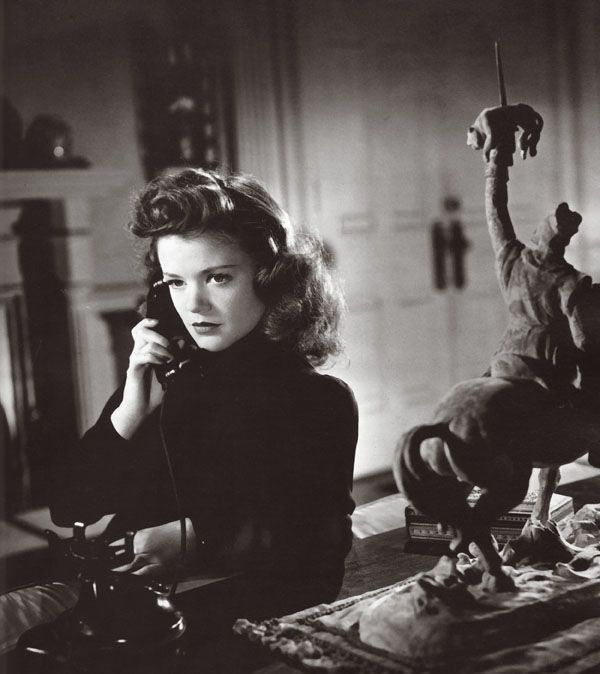Teresa de Lauretis delivered public lecture at Concordia
“She was marked with the curse of those who slink and court and kill by night!” These words can be found on the original movie poster of Val Lewton’s 1942 horror film Cat People.
For those of you who have not yet had the pleasure of watching this classic, Cat People is about a Serbian woman, Irena Dubrovna (Simone Simon), who has moved to New York to pursue a career in fashion. She falls in love with an American man, Oliver Reed (Kent Smith), and marries him. Darkness haunts Irena from her childhood in Serbia, however, where she was told about evil cat people who kill their lovers when aroused or jealous. Her worst fears come true when her husband begins to fall in love with his co-worker Alice (Jane Randolph) and the inner cat, or in this case panther, in Irena comes out to wreak havoc.
One aspect of the film that has stumped audience members and scholars since its initial release is that the viewer never actually sees Irena turn into a panther. Rather, the transformation is suggested by sounds and shadows alone. Does this mean that the transformation is purely psychological? That is precisely what Teresa De Lauretis, Professor Emerita of the History of Consciousness at the University of California, discussed in her lecture hosted by the Feminist Media Studio on Sept. 19 at Concordia’s EV building.
“Lewton’s 1940s films are about the presence in human life of an otherness or an alterity that is not an emanation of evil or supernatural powers… but comes from a place of darkness within the human,” said de Lauretis. To explain this inner darkness, we must turn towards the psychoanalytical work of Freud.
According to de Lauretis, Freud “postulated the existence, together with the sexual drive, of an aggressive, destructive, and above all self-destructive psychic force that he named death drive.” Freud wrote that as long as the death drive remains internal, it remains silent. In a famous scene of Cat People, Irena says, “Whatever is in me is held in, is kept harmless, when I’m happy.” This is what has led de Lauretis to believe that “the panther in Irena is a metaphor, a figure, of the death drive,” and that “the panther is not Irena, but in Irena as a source of her fears… and compulsions.”
“By desynchronizing sound and image, the film creates the figure of “pantherness”, an internal force that compels and transforms Irena,” de Lauretis said. Therefore, it is intentional that the viewer never sees Irena transforming into a panther because the transformation is meant to be in an inner, not an outer, one.
Lewton’s films went on to heavily influence the film noir genre and the suspense thriller, including the work of Hitchcock. His other notable films include I Walked with a Zombie (1943), The Leopard Man (1943), The Curse of the Cat People (1944) and The Body Snatcher (1945).
For more information on the Feminist Media Studio and their events, visit their website: feministmediastudio.ca.




